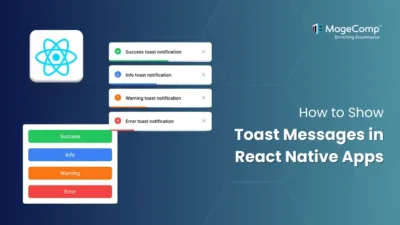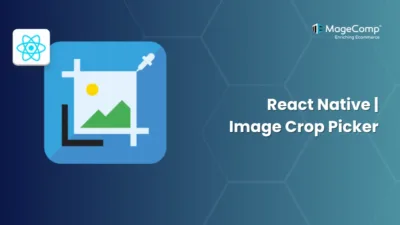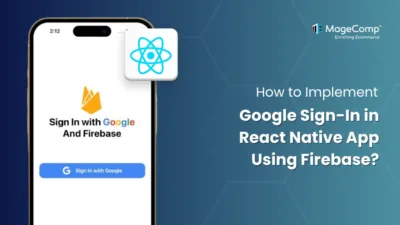For today’s businesses, developing modern mobile applications includes: good data management, communicating with your APIs well, and rendering the UI without noticeable lag. React Native allows developers to create mobile apps on both iOS and Android platforms using a single codebase. Apollo GraphQL is a full-featured technology for fetching, caching, and managing application data. Combined, React Native and Apollo GraphQL form a powerful solution for modern mobile application development that scales.

In this blog post, we’ll go over how React Native and Apollo GraphQL work together, benefit each other, and perform a step-by-step setup to integrate them.
What is an Apollo Client?
Apollo Client is a complete state management library with GraphQL as a methodology for managing local and remote data. It allows you to fetch, cache, and modify application data, which helps organize your code in an efficient, predictable, and declarative manner.
With smart caching and a declarative approach to data fetching, Apollo Client enables you to work faster and with less code.
Integrate Apollo Client with React Native
You can create a new React Native project or add it to an existing project.
Step 1: Configure Apollo Client
The first step is to install dependencies.
yarn add @apollo/client graphqlCreate file ApolloConfiguration.js
import { ApolloClient, InMemoryCache, ApolloProvider, gql } from '@apollo/client';
const client = new ApolloClient({
uri: 'http://localhost:4000/',
cache: new InMemoryCache()
});Step 2: Connect Apollo Client with React Native
return (
<ApolloProvider client={client}>
<App />
</ApolloProvider>
);Step 3: Commonly Used Apollo Hooks
import { gql, useQuery } from '@apollo/client';
const GET_FEED = gql`
query getFeed {
feed {
id
links{
id
description
}
}
}`;
const Feed = () => {
const { loading, error, data } = useQuery(GET_FEED);
if (loading) return 'Loading...';
if (error) return `Error! ${error.message}`;
return (
<FlatList
style={styles.container}
data={data.feed.links}
renderItem={({ item }) => <FeedItem item={item} />}
/>
);
}
useMutation
import { gql, useMutation } from '@apollo/client';
const ADD_LINK = gql`
mutation ($url: String!, $description: String!) {
post(url: $url, description: $description) {
id
description
}
}
`;
function AddLink() {
const [url, setUrl] = useState('');
const [description, setDescription] = useState('');
const [addLink, { data, loading, error }] = useMutation(ADD_LINK);
if (loading) return 'Submitting...';
if (error) return `Submission error! ${error.message}`;
return (
<View style={styles.app}>
<TextInput
value={url}
placeholder={'Enter url'}
onChangeText={setUrl}
style={styles.textInput}
/>
<TextInput
value={description}
placeholder={'Enter description'}
onChangeText={setDescription}
style={styles.textInput}
/>
<Pressable onPress={() => addLink({ variables: { url, description }})} style={styles.button}>
<Text style={styles.text}>Add Link</Text>
</Pressable>
</View>
);
}’Conclusion:
React Native provides the foundation for cross-platform mobile applications, while Apollo GraphQL efficiently manages the data. These developer tools allow developers to build fast, scalable, and delightful feature-rich mobile applications.
If you’re trying to simplify your mobile app development and improve user experience in your application, then React Native with Apollo GraphQL is just what you need.
FAQ
1. What is Apollo GraphQL used for in React Native?
Apollo GraphQL helps you manage both fetching data and caching data in a React Native application. Apollo Client lets you send queries and mutations to a GraphQL API while also monitoring that API’s responses and then updating users’ interfaces when their data is changed.
2. Why should I use GraphQL instead of REST in a React Native app?
A GraphQL API allows you to manage a user’s data more responsively than a RESTful API. GraphQL allows you to avoid over-fetching or under-fetching data, an issue in a REST based API. You can request only the data you need, in one request, making for faster applications.
3. Can I use Apollo GraphQL with both iOS and Android apps in React Native?
Yes. Since React Native is cross-platform, it’s the same codebase, and Apollo Client works for both iOS and Android applications.





